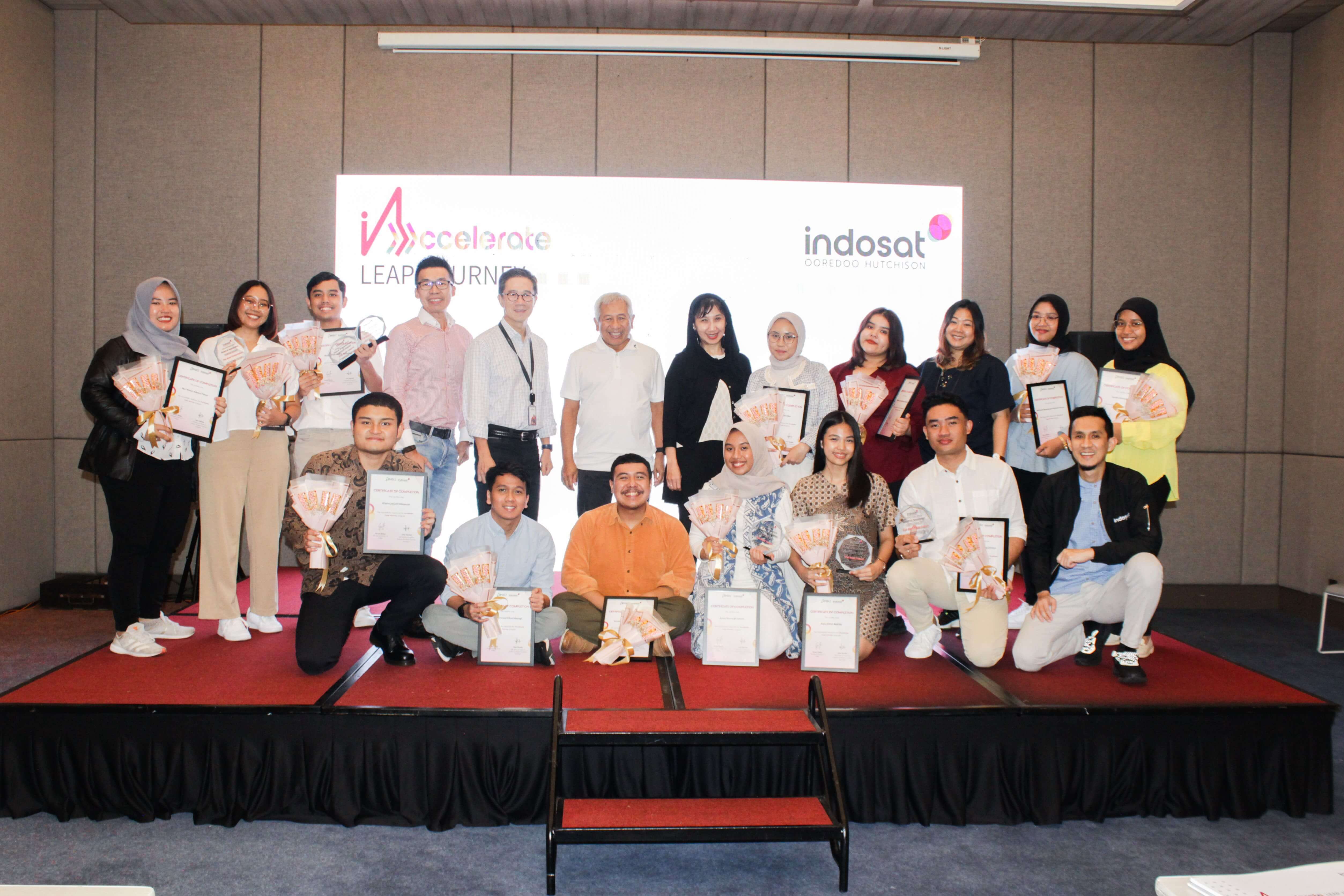AMBIZ
VIEWS
When We as Humans Fail to Come Up with
Solutions, Throw the Questions to Nature
Imagine if
the sun fails to do its job to rise from the east and instead, it chooses to wake up in the west,
surely, you’d know what will entail next. Just like an organization, when one fails to do their job
properly, it will backfire not only on the individual but also on the entire organization—exactly
like how our world will simply greet its doom if the sun no longer wakes up on the same side of its
bed.
Every
organization will want to be their existence to be sustainable, to keep on flourishing for decades,
even centuries, and become the witness of the changing eras—similar to how nature witnessed a nation
rise then fall and be replaced with another. So, what does nature tell us about maintaining
sustainable organizations? Here are a few:
- Speak the same language as bacteria with their chemical signals
Bacteria, despite their microscopic size, have perfected a sophisticated communication system,
which is sharing the same language through chemical signals. This intricate mode of interaction,
known as quorum sensing, allows bacteria to communicate and coordinate their behaviors within a
population. Bacteria emit chemical signals that can be detected by neighboring bacterial cells
and when the concentration of these signals reaches a certain threshold, it triggers a response
in the receiving bacteria, enabling them to collectively adapt their behavior.
Understanding the shared chemical language among bacteria offers a remarkable advantage in
accelerating decision-making processes within bacterial communities. Bacteria can swiftly
evaluate their surroundings and make informed choices by assessing the concentration of chemical
signals. This rapid and efficient communication enables bacteria to respond promptly to changes
in their environment and adjust their behaviors accordingly.
- Be on the same page as a flock of geese during their migration flight
Though several others fly in a V formation, geese are the most well-known in this practice.
Implemented during their migration flight, this formation is more than just a spectacle; it
exemplifies the remarkable coordination and cooperation present in the natural world. As the
geese flap their wings in unison, they create an aerodynamic advantage, allowing each bird to
catch the updraft created by the bird ahead of them. This efficient drafting reduces air
resistance and conserves energy, enabling the flock to cover vast distances with remarkable
endurance.
As
the journey unfolds, the responsibility of leading the formation is not borne by a single
individual throughout. Geese rotate the leadership role, a testament to their adaptability and
mutual support. The leader at the apex of the V works tirelessly, setting the pace for the
flock. However, even in the face of fatigue, no one goose bears this burden for too long. Geese
understand the importance of conserving their strength, and the leader eventually falls back
into the formation to recover. In a seamless transition, another bird takes the lead, ensuring
that the group's progress remains unhindered.
- Highly aware of your responsibilities as a colony of ants foraging for food
In
the bustling realm of the ant colony, a mesmerizing display of self-organization unfolds as each
member is keenly attuned to their responsibilities during foraging expeditions. Within this
intricate society, ants exemplify the epitome of cooperation and division of labor. Every ant,
whether a diligent worker or a fearless scout, possesses an acute awareness of their distinct
role within the grand scheme of securing sustenance for the colony.
The captivating symphony of ant activity is underpinned by an effective chain of communication,
through a language of pheromones and intricate movements, ants convey invaluable information
about food sources, potential threats, and even the density of their respective populations.
This seamless flow of information enables rapid adjustments to be made in response to changing
circumstances, ensuring that the colony remains agile and adaptive. Much like nodes in a
decentralized network, these industrious insects contribute their unique perspectives, feeding
into a dynamic system where decisions emerge from collective wisdom rather than a centralized
authority.
It seems
that nature never fails to teach us about these important things that we seek from books, seminars,
or even courses. Starting from sharing the same frequency to self—organization, nature has it all
and readily displays it for us. So whenever you have unsolved organizational problems, sometimes
it’s best to let nature answer it for us.
 CREDENTIALS PROGRAM
CREDENTIALS PROGRAM









